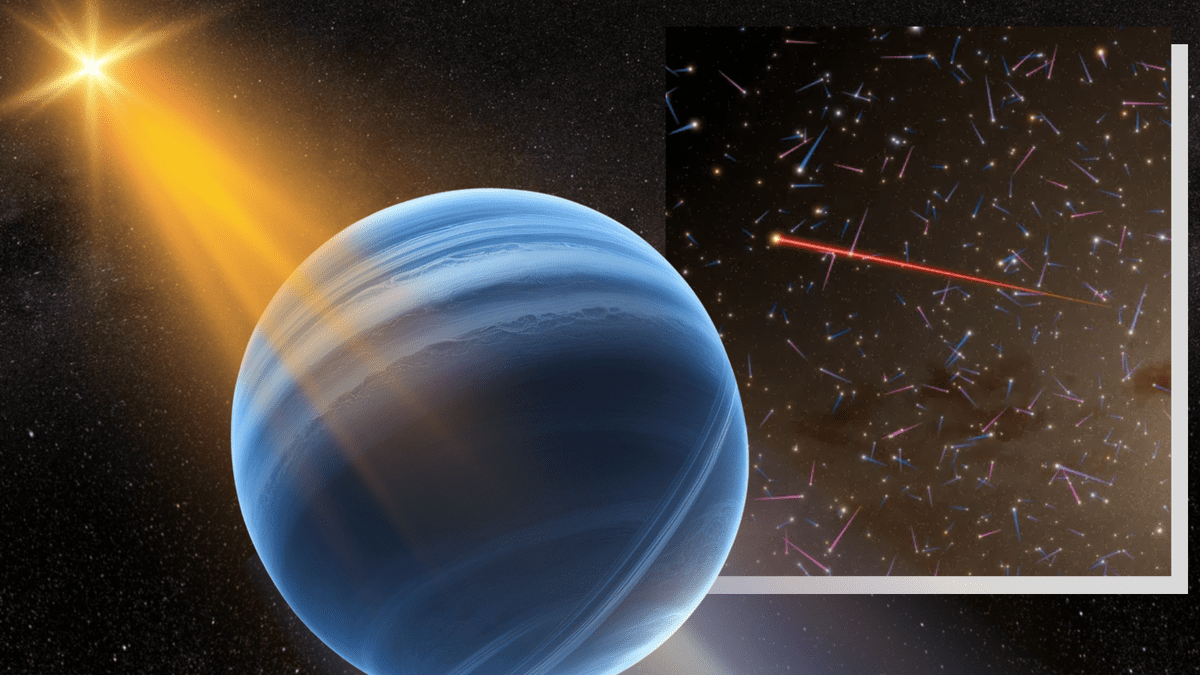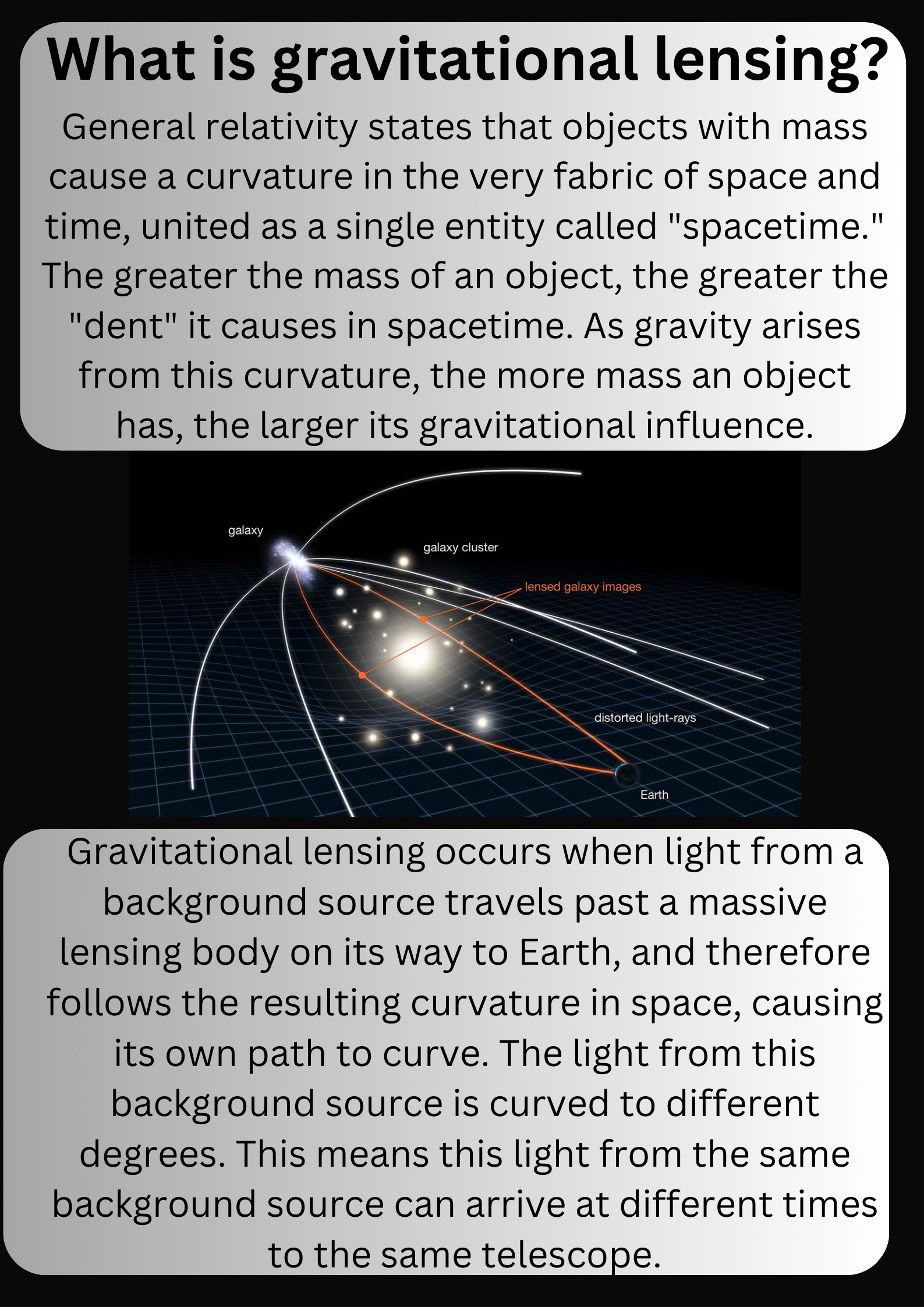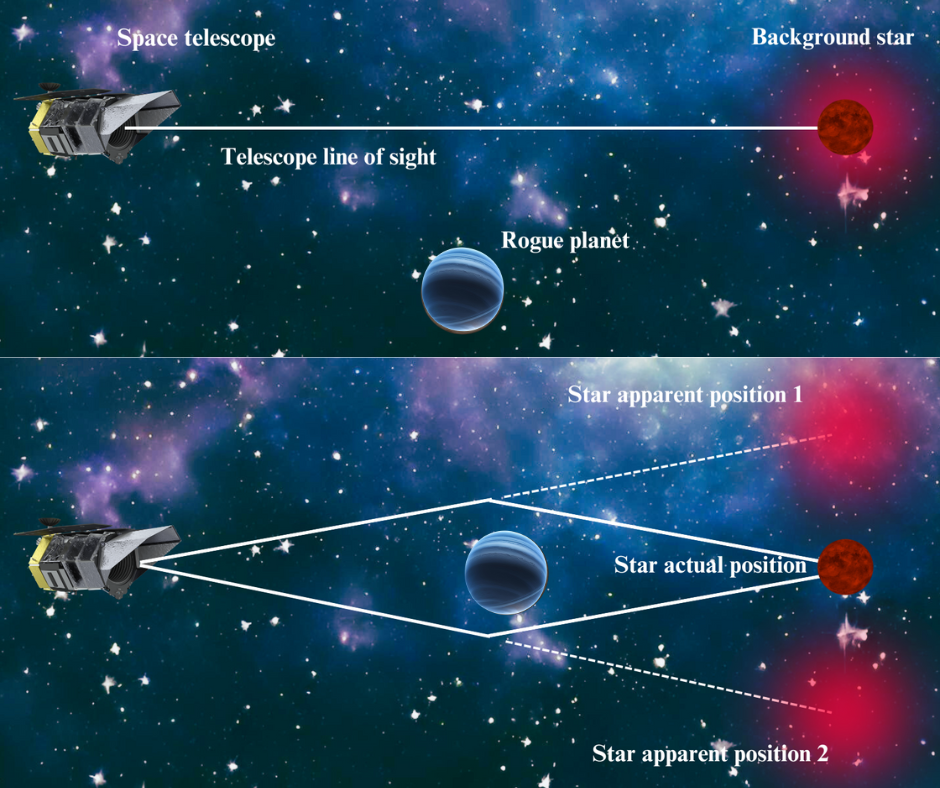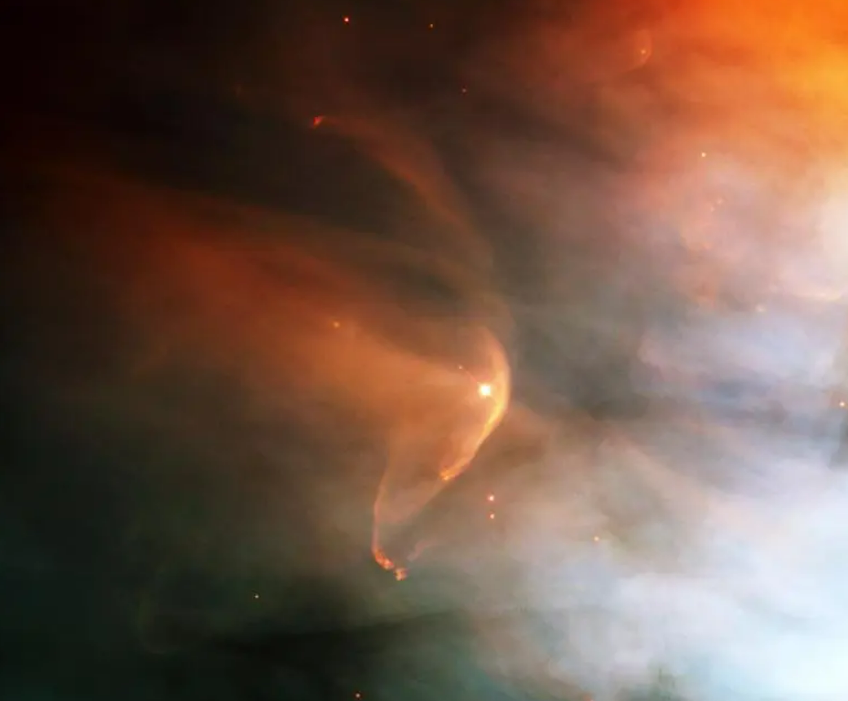
Is that a bird? A plane? No, it’s the remarkable super Neptune! This extraordinary planet, reminiscent of Superman, isn’t soaring through space independently; it’s being pulled by its parent star.
NASA researchers believe they have identified a hypervelocity star zooming through the cosmos with a Neptune-like planet in its gravitational grasp. This stellar system appears to be racing at a staggering velocity of 1.2 million miles per hour (or 1.9 million kilometers per hour). If validated, it could represent the swiftest known exoplanetary system recorded.
“We suspect this is a super-Neptune planet orbiting a low-mass star at a distance similar to where Venus and Earth lie in our solar system,” stated Sean Terry, the project leader at NASA’s Goddard Space Flight Center. “If our hypothesis holds true, this will mark the first-ever observation of a planet revolving around a hypervelocity star.”
The existence of this star and its accompanying planet was initially suggested by data gathered back in 2011, following a chance alignment that aligns with a phenomenon first predicted by Albert Einstein in his seminal theory of general relativity.

Gravitational lensing aids astronomers in spotting distant planets, as they can distort the light from background stars. This distortion results in a slight shift in a star’s perceived location from our vantage point on Earth.

This phenomenon, known as microlensing, assists in detecting distant planets that would otherwise remain invisible using traditional optical methods.
Unraveling the Mystery: A Star and Its Planet or a Planet and Its Moon?
In this investigation, researchers observed a microlensing signal indicating two celestial objects. They established that one of these objects possesses a mass approximately 2,300 times that of the other, but exact measurements were not possible due to their significant distance from Earth.
“While determining the mass ratio is straightforward, calculating their actual masses is much more challenging,” explained David Bennett, a senior research scientist at the University of Maryland, College Park, and a member of the NASA Goddard team. “In 2011, our initial analysis suggested that the lensing entities comprised a star roughly one-fifth the mass of the Sun and a planet 29 times as massive as Earth.
Additionally, it is possible the first entity could be a nearby rogue planet lacking a parent star, with a mass around four times that of Jupiter. This would mean the second lensing entity could be a moon belonging to this rogue planet.

To clarify this complex scenario, Bennett teamed up with this new group to analyze data collected from the Keck Observatory in Hawaii, alongside the star-tracking spacecraft Gaia.
The researchers posited that if the lensing objects were indeed a rogue planet and its accompanying moon, they would remain invisible without the backdrop of lensing starlight.
Alternatively, if it were a star pulling a super Neptune, the star’s light alone would make this planet recognizable, even if the planet itself is faint.
The search yielded promising results. The team identified a likely candidate star located about 24,000 light-years away from Earth, amidst the densely packed stellar bodies in the central bulge of the Milky Way.
By examining the star’s position from 2011 and comparing it to its 2021 location, they demonstrated the system’s significant velocity.

While scientists have calculated that this star is dragging its exoplanet at a speed of 1.2 million miles per hour, this analysis so far only accounts for two dimensions of movement.
The system may also be moving toward or away from our planet, potentially increasing its speed to over 1.3 million miles per hour (or 600 kilometers per second).
This remarkable speed is notable since it surpasses the escape velocity of the Milky Way. Consequently, this hypervelocity star, along with its planet, might be on a trajectory to leave our galaxy and head into intergalactic space, an endeavor that would take millions of years.
The research team plans to ascertain whether the lensing body detected in 2011 is indeed the suspected star.
“If higher-resolution observations confirm that the star remains in the same position, we will conclude that it is not part of the system that caused the lensing signal,” remarked Aparna Bhattacharya, a researcher at the University of Maryland. “This would suggest that the rogue planet and exomoon theory is more likely.”
Beyond this discovery, the team, alongside fellow scientists, aims to identify additional planets connected to hypervelocity stars. Their efforts are expected to be enhanced with the upcoming launch of the Nancy Grace Roman Space Telescope, which is set to deploy in May 2027.
The Roman telescope’s comprehensive capabilities could significantly aid in uncovering the reasons that propel certain stars to such impressive velocities.
“In this instance, we utilized the MOA for its wide-ranging field of view, then followed up with Keck and Gaia for their enhanced resolution, but Roman’s powerful capabilities and planned survey methodology enable us to accomplish our targets without depending on additional telescopes,” Terry stated. “Roman can manage it all.”
The findings were published on February 10 in The Astronomical Journal.









